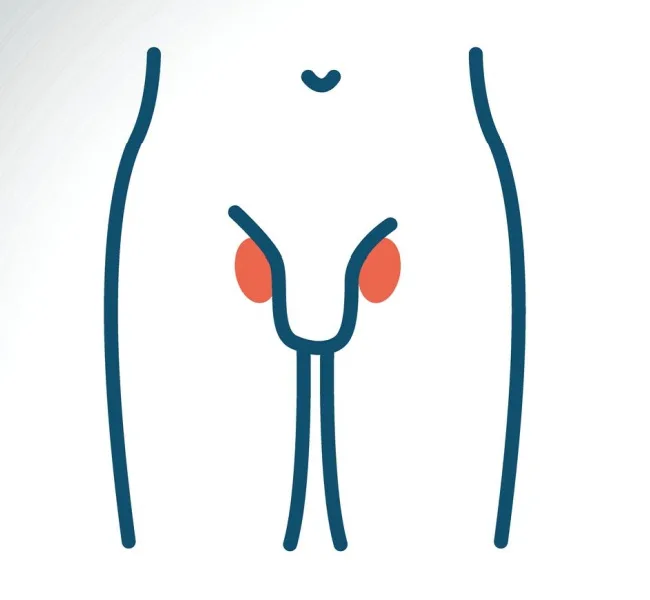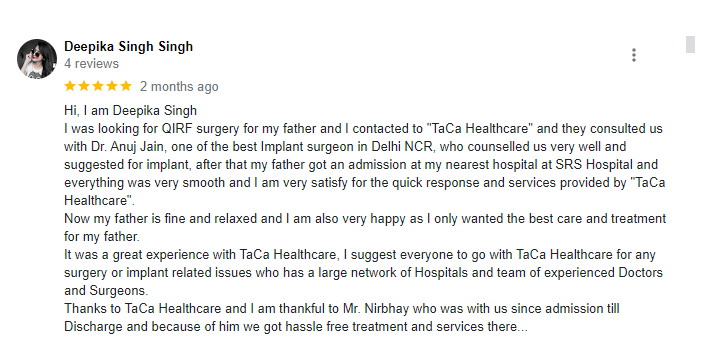What is a hydrocele?
Hydrocele may be defined as a fluid-filled sac in scrotum, that is responsible for causing swelling. The scrotum is the sac of skin located behind the penis, which holds the testes. A hydrocele can impact either one or both sides of the scrotum. Hydroceles around both of the testicles are known as bilateral hydrocele.
Hydroceles can occur in individuals assigned male at birth (AMAB), with a higher prevalence among infants, but they can also develop spontaneously during adulthood. Hydroceles frequently occur in newborns and typically resolve without treatment by the age of 1. Injuries to the scrotum or other health issues can cause hydroceles in older children and adults.















